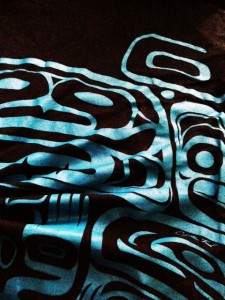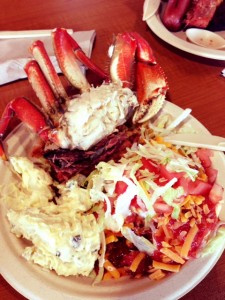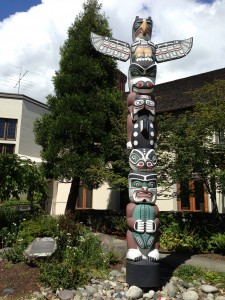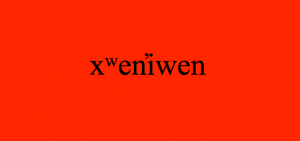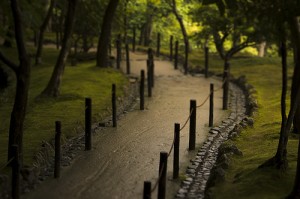
Uploaded on Flickr Creative Commons by Doggie52
“Truth and Reconciliation” is what leads to healing, understanding, love, and friendship after a long and hurtful argument or fight, in any shape or form. One example of this in our history was when residential schools were put in place in 1875. This was definitely a very long and hurtful fight that Canada’s government imposed onto Aboriginal peoples.
I believe that truth comes before reconciliation – the truth needs to be heard before things get better. Similarly, in relationships, there needs to be communication and dialogue with each other about the issues, and there may be a lot of arguing and hurtful things said and done, but only then can true understanding happen and the road towards a better friendship walked upon.
At this point and time in my life, I am still on the path of truth. Just when I thought I knew everything there was to know about residential schools, I find out more. Currently, I am in the Elementary Education Program at UBC, and it was mandatory that I take the Aboriginal education class. Here, I learned for the first time what residential schools were. My teacher brought in a speaker to talk about her ancestors’ experiences, and I must admit, a lot of the teacher candidates in that class were resistant and repelled by how the speaker spoke to us – angry. I was one of these teacher candidates, resistant and unwilling to learn because I was put in a situation and a mood that I was not comfortable with. Needless to say, I completed that class knowing more knowledge about Aboriginal peoples, but my views were not always positive and I was still fearful of teaching Aboriginal education and speaking about these issues.
Now I am a practicum student at the CTLT at UBC, learning from Amy Perreault for three weeks. We had a discussion about my experiences in the program, especially the one mentioned above. What really impacted me was when Amy talked about how “anger” is an emotion that is allowed to be felt, and that it is part of the healing process. This made me reflect upon how I expected the speaker that came into my class to tell me more about the truth, but I wanted her to speak to me in a a specific way – a way that I’m used to. My definition of truth at that time was a synonym for knowledge. I disregarded the “emotion” that comes with truth, not accepting her anger or thinking that it was appropriate. I realize now that I had a great opportunity, right in front of me, to learn the truth about residential schools. I could have learned and felt so much more from the speaker if I truly understood what truth was. Now, only a couple of days after that discussion with Amy, I am learning so much more than I expected here at CTLT, partly because my eyes are now open. I am more comfortable with dialogue about these issues and about Aboriginal peoples, I am more willing to ask questions, and I now feel I am starting to understand the truth.
My journey so far at the CTLT allowed me to think about my own teaching on Aboriginal education. I went through 22 years of my life not fully understanding what was happening, and not taught the real truth. When I start teaching, my hope is that I teach about emotion and how they are natural things to feel. To fully understand the truth, a balance of emotion and knowledge is needed – if I do bring in an “angry” speaker, there must be a discussion on “why”. Only then can the road to reconciliation be closer in view in the long distance ahead.

